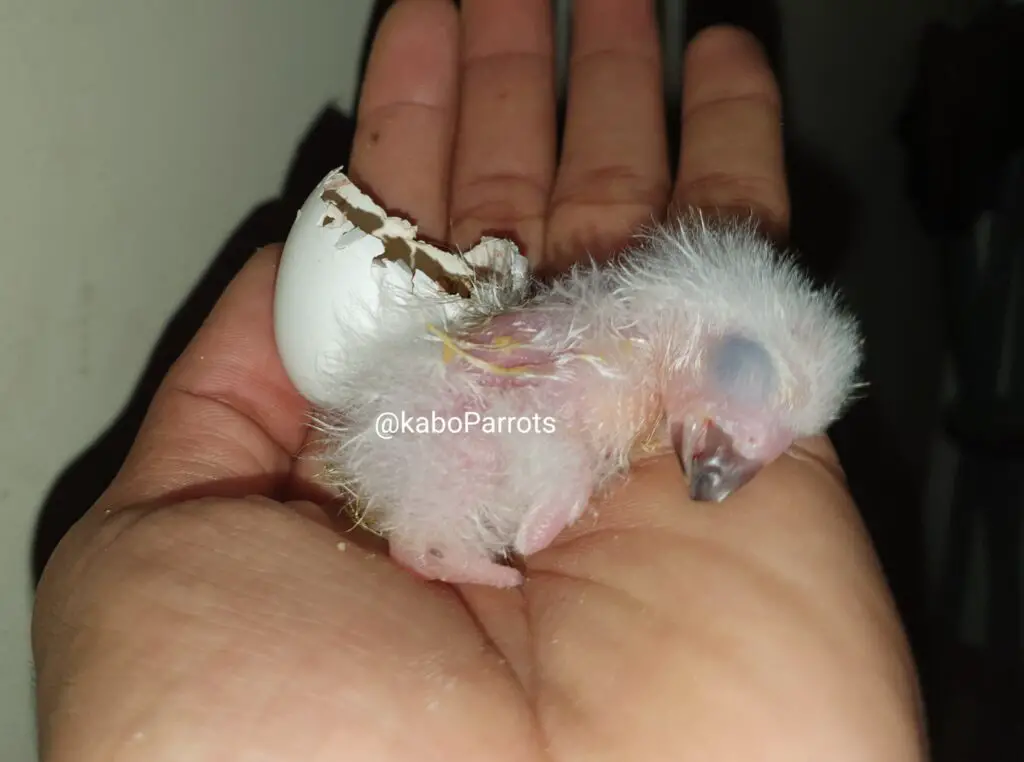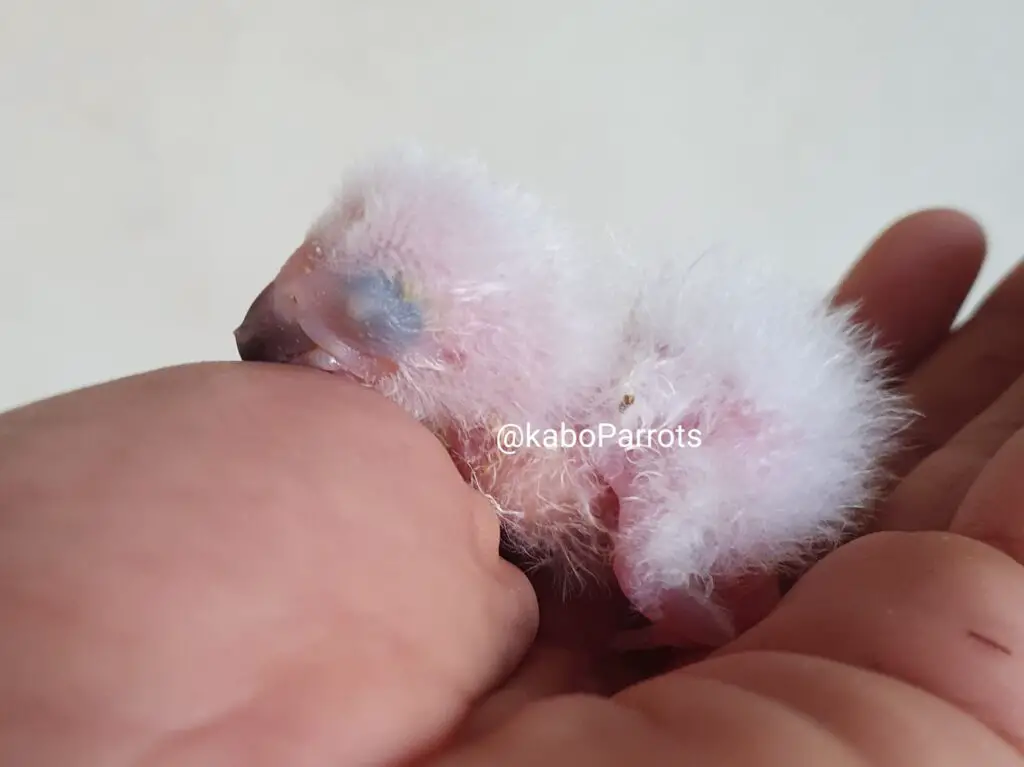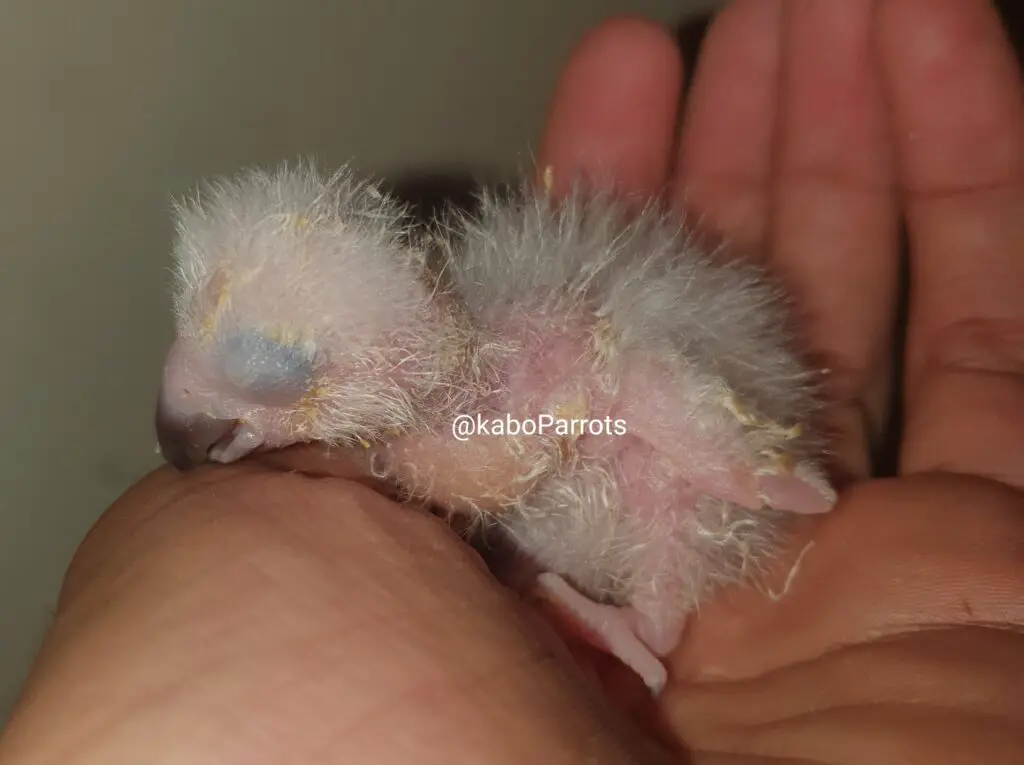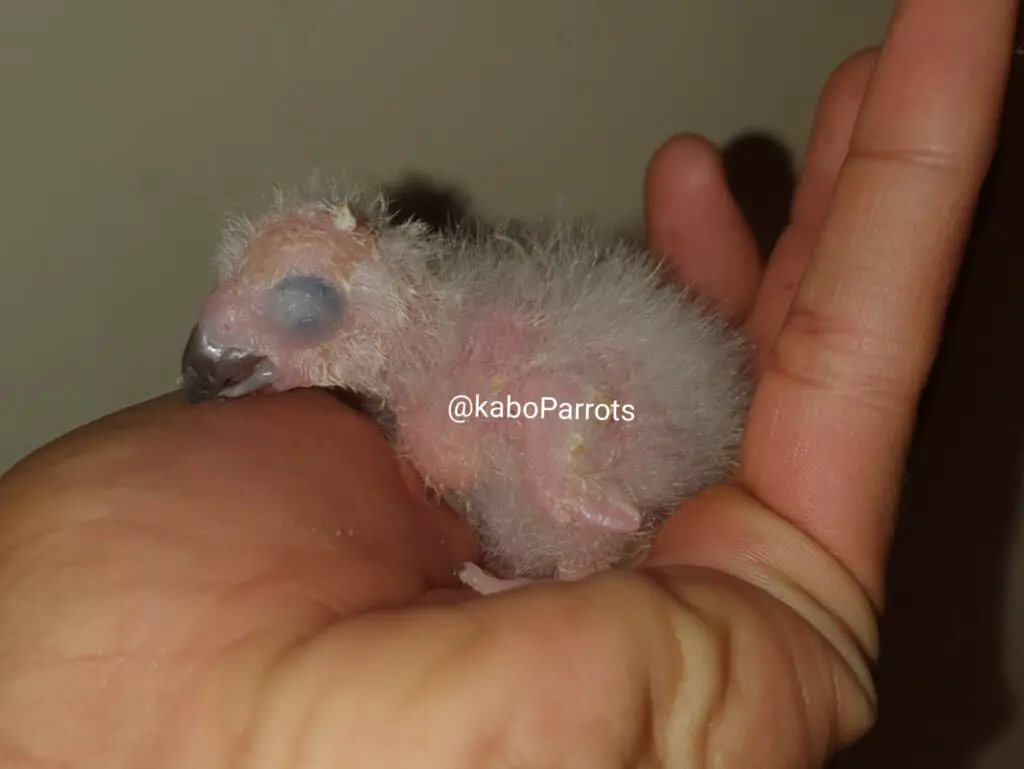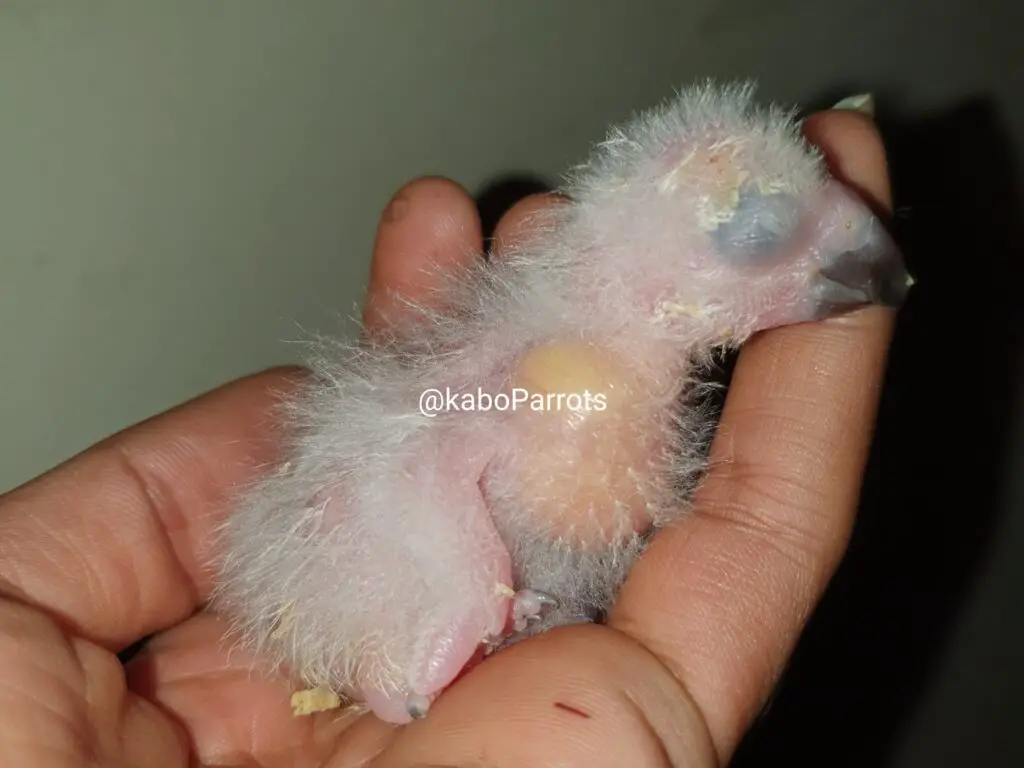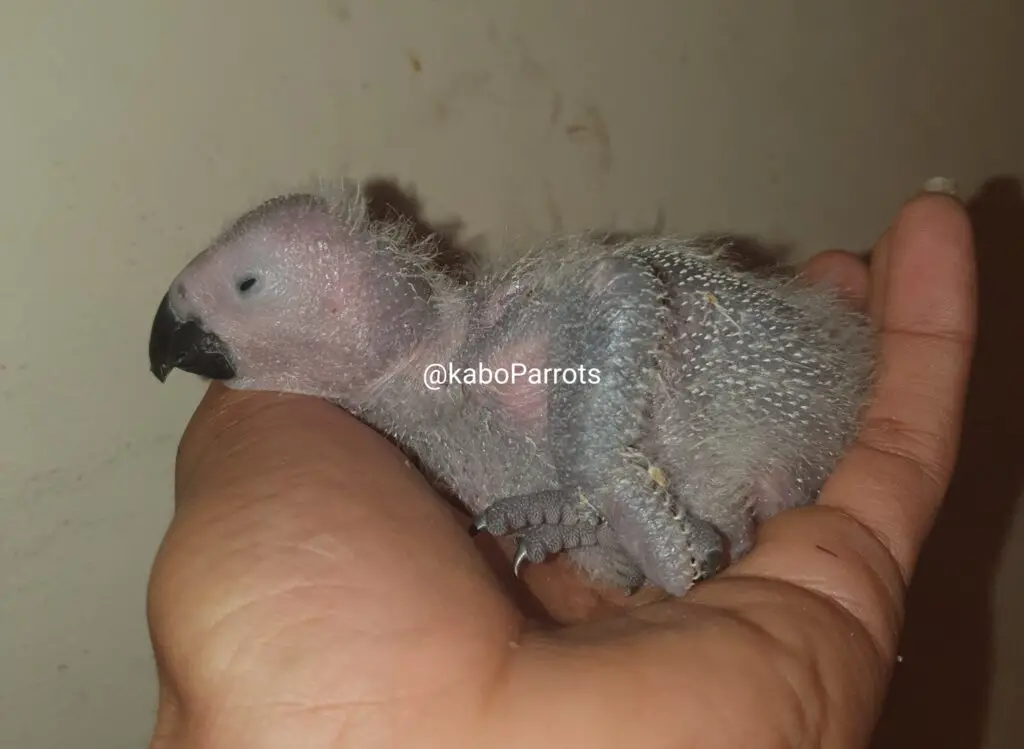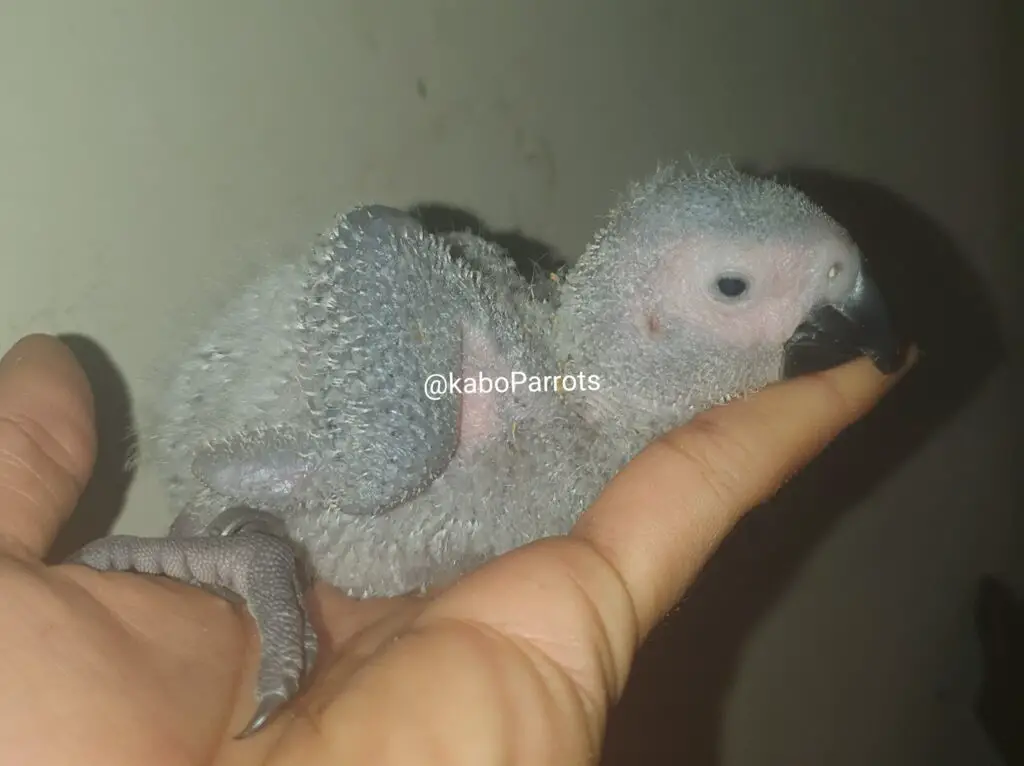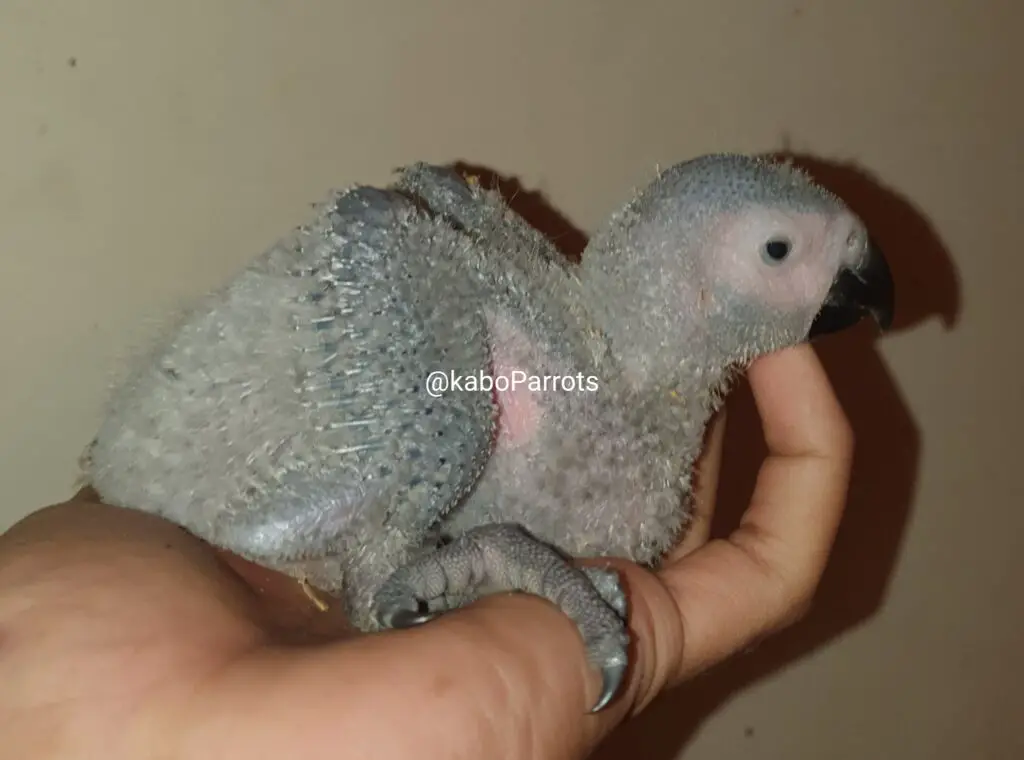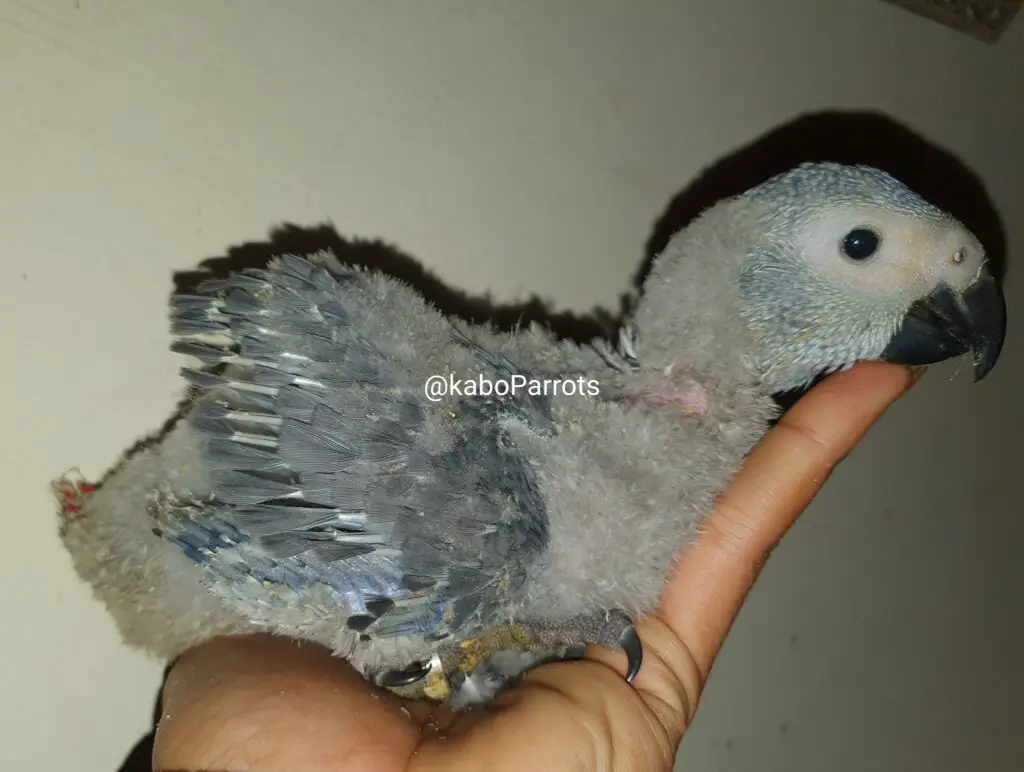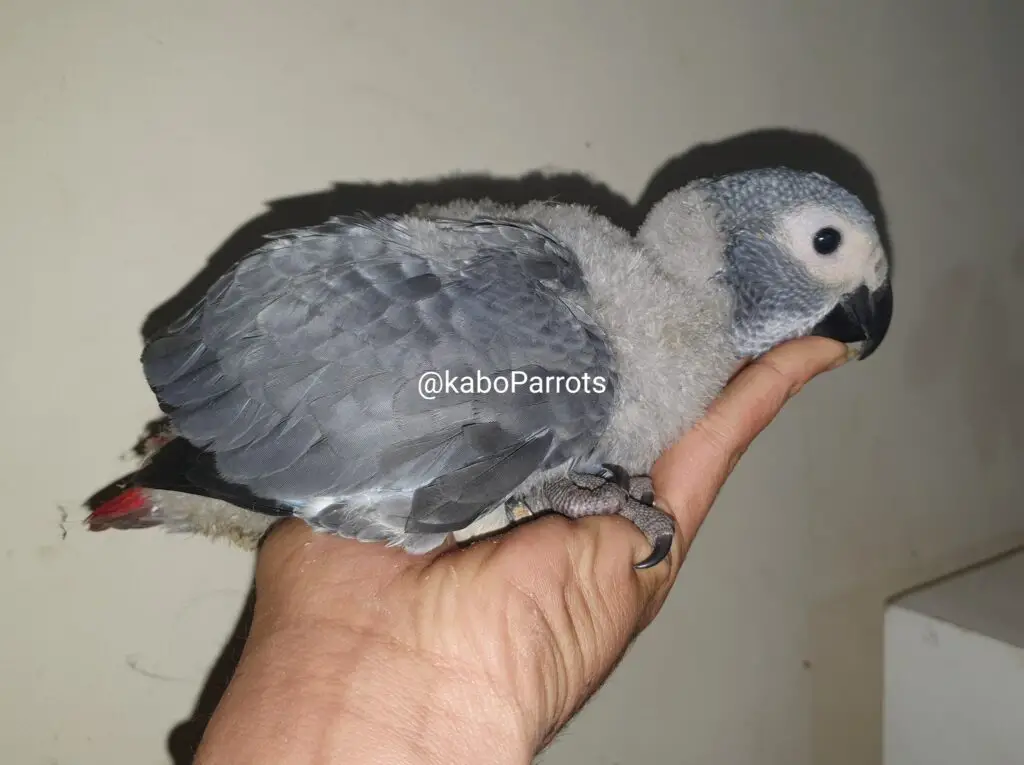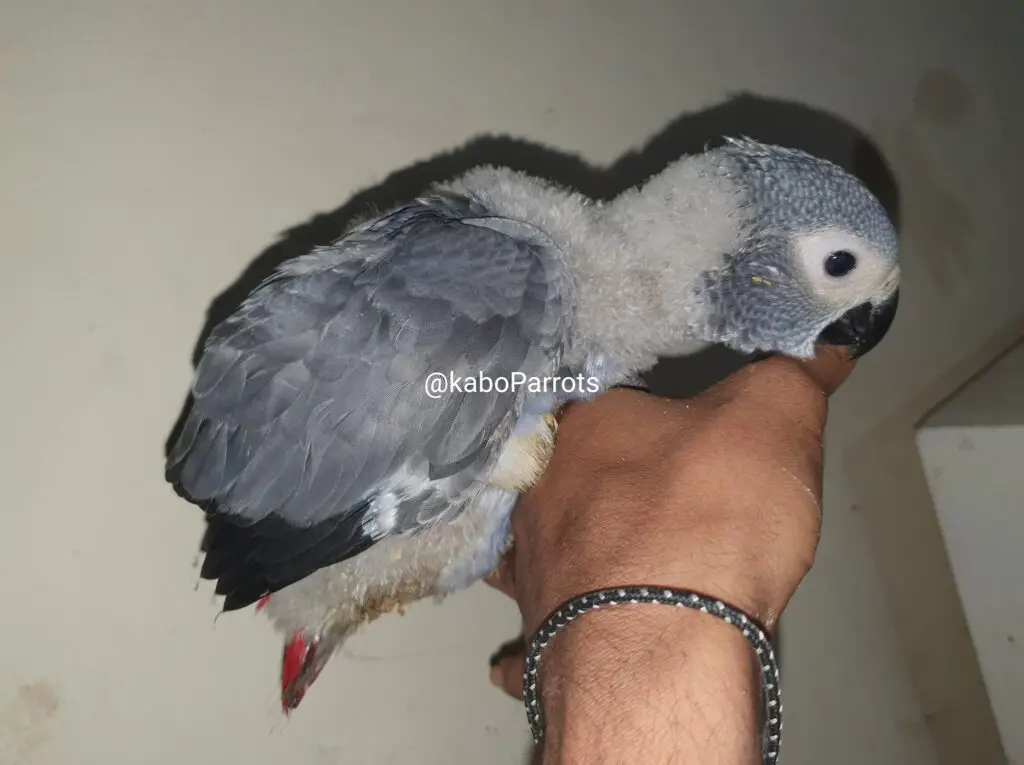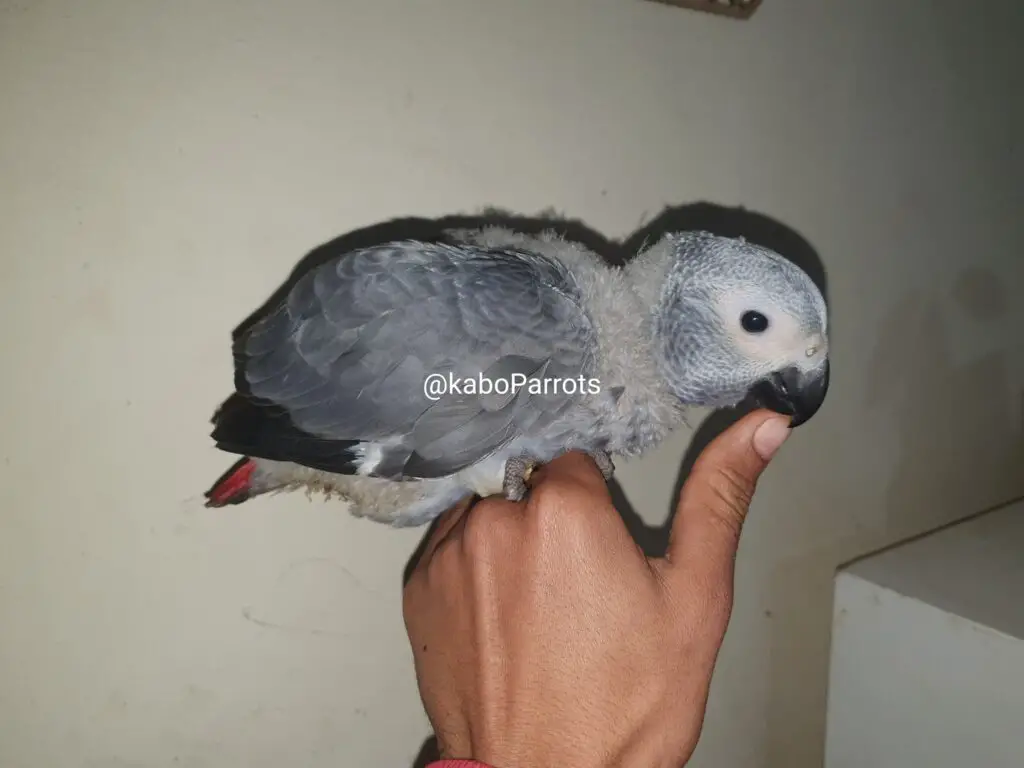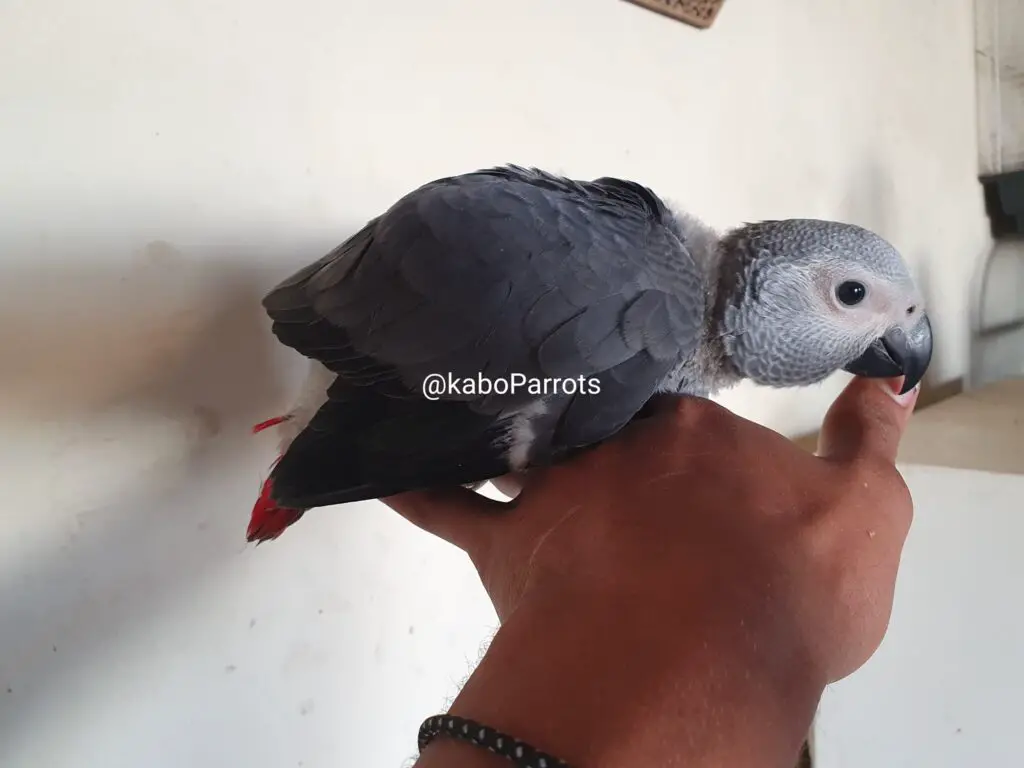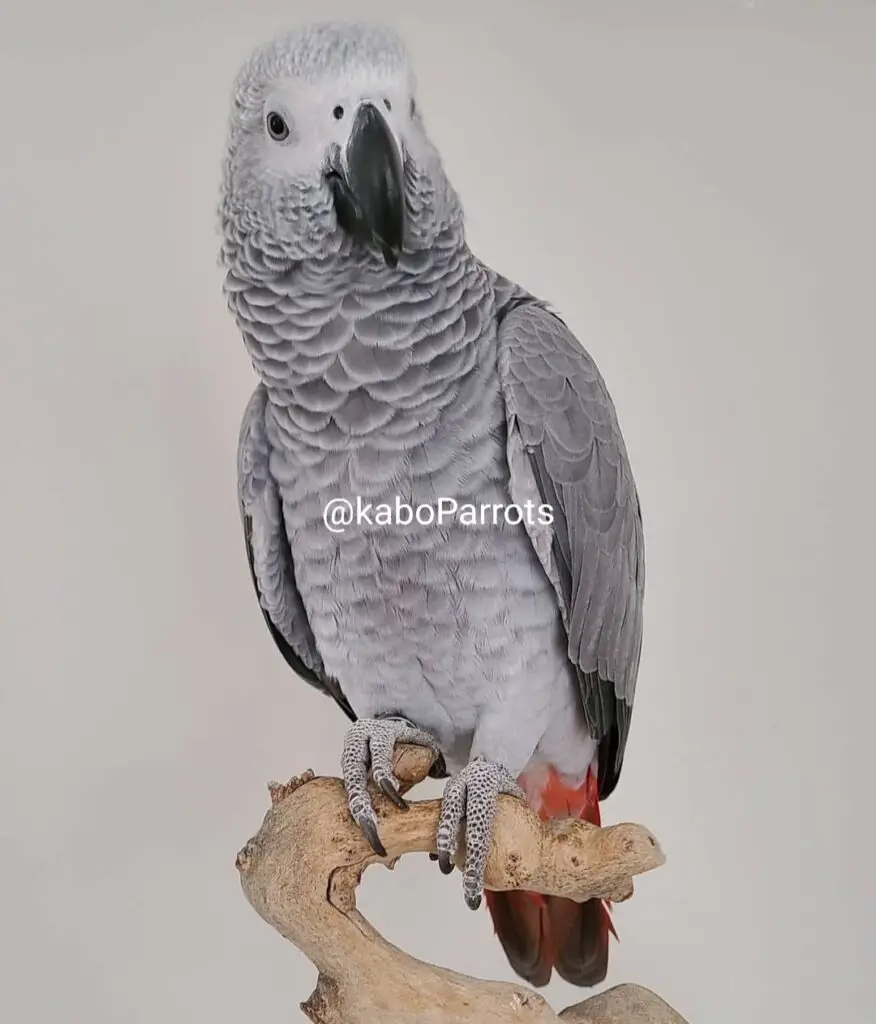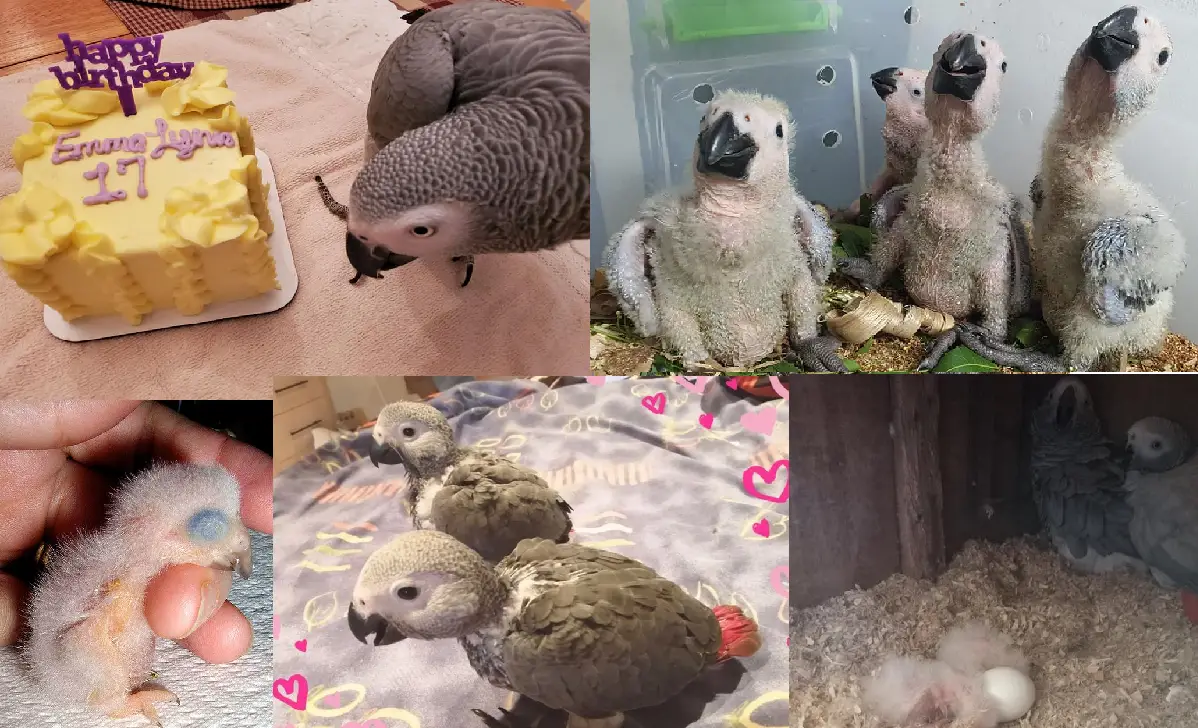
African grey lifespan: African Grey, or African Parrot, is characterized by impressive longevity, up to 60 years! Native to African rainforests, it is known for its pretty grayscale plumage and formidable ability to speak.
African Grey Parrot lifespan
How long does the African grey live: The average life expectancy of the African Grey Parrot is 60 years under good conditions; however, there are examples of even older birds in the literature.
Compared to its colorful South American cousin, the extravagant Macaw, the African grey parrot looks quite modest. Slightly smaller, short-tailed, and almost monochrome, the curved beak is less apparent, but behind this simple façade lies one of the smartest animals on the planet.
If you buy a grey parrot, you will only have a pet, but a new family member is a very intelligent African grey a smart parrot, and self-confident.
How long do African greys live
Origins of the African Grey
The African grey is known by the scientific name Psittacus Erithacus Erithacus. This popular parrot belongs to the Psittacidae family and is part of the order Psittaciformes.
We basically find this bird in Africa. Indeed, this parrot lives in warm areas. In addition, if you hope to see a gray of Gabon in the wild you will find it, especially in wooded areas, on plains, or on areas near water points. In its natural state, this parrot lives in groups.
The Congo grey is part of one of the subspecies of the African grey parrots. These subspecies also include the Ghana grey parrot and the Timmeh grey parrot.
Physical characteristics of the African Parrot
All you need to know about African Grey parrot
Weight and size
- Weight: Its weight is about 400-550 g.
- Size: It measures between 30 and 35 cm.
Dress and feathers
The African grey parrot is known for its plumage and more particularly the color of its tail. Indeed, the parrot African grey is a parrot with a shade of gray; from the lightest towards the belly to the darkest towards the wings. However, a bright red is observed in this parrot at the level of its tail. This parrot reveals white at the level of its head, especially above the beak going to the eyes and to the cheeks.
This absence of feathers that reveals white is reminiscent of a mask. The hooked beak of the parrot African grey is very imposing in its shape. It is a deep black. The eyes of this parrot are dark black from an early age, however, as it gets older its eyes lighten to eventually reach a yellow color after about twelve years. The pasta of the African grey is also light gray.
Overall appearance
The African Parrot grey is a very popular parrot because of its appearance and intelligence. Indeed, this parrot has a great facility to imitate sounds and speak Also, the African grey is the best talkative parrot in the word
In the African grey, no sexual dimorphism exists. To determine the sex of the parrot a DNA analysis must be carried out.
Characters of African Grey Parrot
All you need to know about Congo African parrot
The character of the animal
The African grey is a very sociable and attentive parrot. Indeed, being a very intelligent bird it pays particular attention to the noises around it. In addition, this is a very talkative parrot, a character trait that makes it a very popular and coveted parrot. As a pet, this is a very endearing bird that will be attentive to your emotions.
Some people compare the intelligence of the Grey Parrot to that of a child on a Preparatory Course. He then knows very well how to imitate and sometimes even brings out these imitations at very appropriate and very amusing times. The Grey of African grey can speak, repeat pieces of phrases, and imitate voices and laughter. But, beware all the African parrots do not speak. However, the African grey is considered a fearful parrot.
It is then essential to show him that the human being can be his friend and especially you, his owner. It is then important to place your parrot in a calm and harmonious place that will allow him to feel happy and in an environment that suits him. In addition, the African Grey has a very playful character which is also very fun to see. Indeed, you can place for example a swing within his cage, you will see him very happy to swing. You can also very easily find toys for parrots in pet stores.
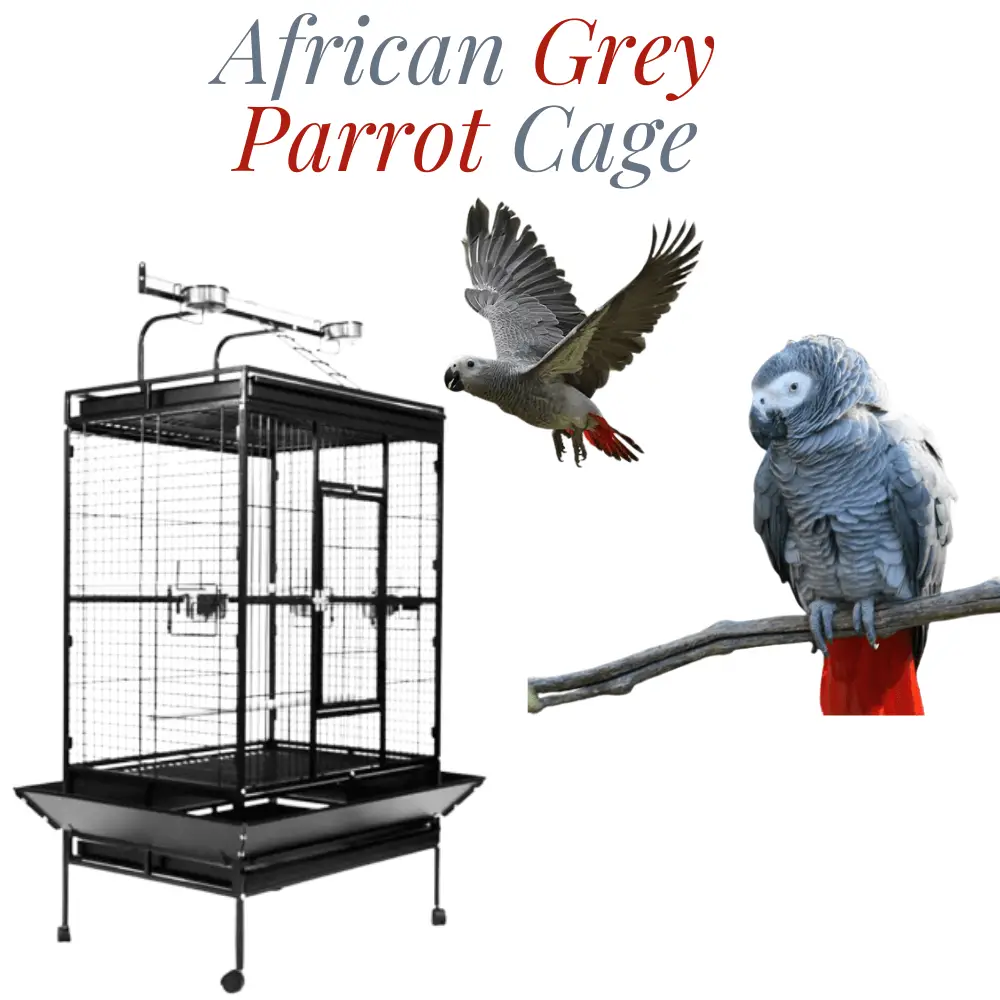
The health of the grey parrot
All you need to know about grey parrot Healthy signs of an African grey parrot
Life expectancy
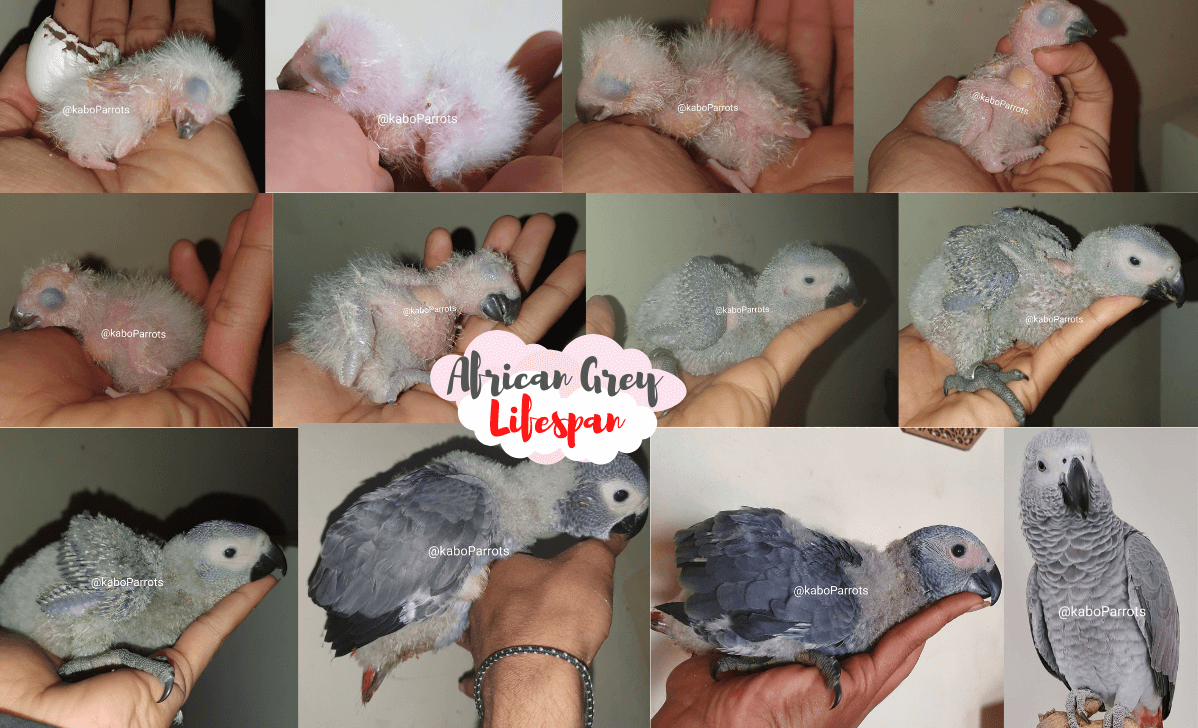
African grey lifespan: African grey Parrot has a long lifespan ranging from 40 to 65 years. This is also the essential reason why it is important to think beforehand about the adoption of a Grey of Gabon because it is a lifelong commitment.
Common health problems
It is important to know that the African gray is a very resistant parrot and this especially if it has a suitable diet and a healthy environment. However, the Grey Parrot may be prone to having different health problems:
- Diarrhea: The Congo African grey like other birds can be subject to diarrhea. In this situation, it is necessary to eliminate the fruits in his diet, and of course, if the symptom persists consult a veterinarian.
- Beak and Feather disease nicknamed PBFD (Psittacine Beak and Feather Disease): this disease is caused by a circovirus. The symptoms of this one are observed by a loss of feathers, abnormally formed feathers, and deformations at the level of the beak … Particular care must be taken because it is transmissible and therefore can cause problems for its congeners. This disease is not to be taken lightly, it is better to contact your veterinarian and follow his valuable advice to allow the grey parrot to recover.
- Conjunctivitis: it reaches the eyes of the parrot and sifts its eyes. In this situation, special products recommended by your veterinarian will be prescribed. However, some people use warm water on the parrot’s eye in the case of low conjunctivitis to gently peel off the eyelids.
- Cold: The symptoms of this condition are examined by discharge from the eyes and nose. He sneezes and sometimes even coughs. During this period, it is essential that your parrot is kept away from drafts and cold. However, it is advisable to go to a veterinarian so that the cold does not get worse.
Maintenance of the African Grey
All you need to know about congo African grey maintenance
Lifestyle
In the wild, the main concern of the African Parrot is the search for food. He lives in a community with hundreds of other parrots. This parrot likes to relax and take shelter in the hollows of trees. In addition, the grey parrot is a very faithful parrot. Indeed, if he chooses his companion, they will devote themselves to each other all their lives.
In captivity, the African grey gray needs attention, and to feel that we are interested in him, makes him particularly happy.
Feeding
Feeding Parrot: For the African grey, the recommended food is a mixture of seeds appropriate to its species that you will find very easily in pet stores. In addition, to complete this diet you can add time to time certain products such as peanuts, hazelnuts, grapes, and bananas … However, products are to be avoided because they could endanger the health of the grey parrot as parrot toxic food :
- Avocados
- Chocolate
- Alcohol
- Apple seeds
- Salt
- Onion
- Cherry and peach pits
- Caffeine
You must be vigilant and do not hesitate to ask your avian veterinarian for advice.
At home in the canopy: Grey Parrots and their environment
In their African cradle, grey parrots live as typical canopy dwellers in tropical forests, mangroves, and wet savannahs in Africa. They are very careful, and although they occasionally visit cultivated areas in search of food, they avoid being near humans.
Grey Parrots enter solid monogamous relationships and move in pairs or small groups throughout the day. At dusk, the animals become sociable and gather in large clouds in the trees where they spend the night.
There is a natural threat from nest predators and large birds of prey, but human intervention in habitat is much more serious. Grey parrots were introduced as pets to Europe by sailors, probably at the turn of the 16th century. Reproduction was successful in Europe from the 19th century on.
How to Bond with An Older African Grey Parrot
SOURCE:BirdTricks
Chic in elegant grey: color variants in the African Grey Parrot
African Grey Parrots are divided into two subspecies: the Timneh Grey Parrot and the Congo. Both species are grey, there are only small feathers missing around the eyes. The plumage on the head is slightly lighter, and the wax on the beak is white. The short, red plumage of the tail gives a brightly colored accent.
The Timneh Grey Parrot is a little darker, with a rather red wine tail and the top of the brownish beak. The Parrot of Congo is black. Parrot lovers occasionally speak of the Royal Grey Parrot with reddish feathers on the body.
These animals are neither a subspecies nor a mutation of color, it is in fact a symptom of deficiency manifested by the discoloration of the plumage.
Suitable living conditions for the Grey Parrot
You need at least one second animal for a gray parrot because living alone is not compatible with animal welfare, and a lot of space. The minimum dimensions of a bird aviary are 2 x 1 x 1 meter (width, depth, height), and half of the space must be added for each additional animal.
Such accommodation is suitable as a place for sleeping and feeding and for temporary security. Birds also need a lot of space to fly. Please consider that it is in the nature of all parrots to gnaw wood, paper, and basketry, please arrange the rooms accordingly.
Grey Parrots are very noisy: shrill cries and whistles are part of their usual repertoire. Tenants should be aware of their neighbors’ noise tolerance before purchasing them. Also, keep in mind that animals have a long life expectancy.
The average life expectancy of the African Grey Parrot is 60 years in good conditions; however, there are examples of even older birds in the literature.
Grey parrots are not beginners and are only suitable for people with prior knowledge of parrot farming. These sensitive birds respond quickly to a lack of attention and poor living conditions with behavioral problems such as aggression or feather pulling.
Food: What you need in the parrot’s bowl
The natural diet of the African Grey Parrot consists mainly of fruits and parts of plants such as buds and flowers. In addition, nuts and seeds are added: the bird takes everything available and quickly adapts to a modified food supply.
The diet of the African Grey Parrot should include a large amount of green forage: Vegetables, fruits, corn, and sheep, … You’ll soon see what your pets like.
You can add a good mix of seeds for parrots and some nuts. However, these must be dissected to prevent the transmission of tiny mold spores into the respiratory organs.
African Grey Parrots also need a little protein each week in the form of white cheese or boiled eggs. Give cuttlefish and limestone for adequate calcium intake. Warning: Be careful not to give avocados to African Grey Parrots, they do not tolerate them.
Can we tame the Grey Parrots?
Once you have gained the trust of an African Grey Parrot it will, in most cases, be quickly tamed. Like many parrots, these animals show a certain desire to be admired and praised.
Their curiosity also pushes them to be part of everything that happens in the “cloud” and thus to participate in the lives of humans. They need attention and talk to them: animals would take it relatively badly if you didn’t have to devote enough time to them.
African grey parrots become very affectionate if they are intellectually stimulated and receive good care. What’s more: They tend to be jealous and may have hurt reactions if they were to suspect competition.
Birds have a great talent for speech and often spontaneously imitate the voices and sounds of their environment. They can also obviously link an object or situation to frequently heard words and use them themselves. African Grey Parrots are also considered extremely empathetic with a very good instinct.
They recognize and respond to human moods in their environment. However, they also need some education: The Parrot will try to take the “leader’s position” in the family cloud should he see the opportunity. As with dog training, it is important that you assert yourself as an “alpha animal.”
The Grey Parrots and their intelligence
The intelligence of African Grey Parrots is legendary and has long astonished both parrot holders and scientists. African Grey Parrots use tools in captivity, such as collecting water from hollow objects and using sticks such as “back scrapers.” It cannot be ruled out that wild birds do similar things.
The cognitive abilities shown by the African Grey Parrot Alex towards linguist Irene Pepperberg are absolutely fascinating. Extremely linguistically gifted, Alex had an active vocabulary of 200 human words and more than 500.
He could name things exactly and even use words spontaneously in the right context. He also mastered numbers up to seven.
The most amazing thing is: The bird seems to have real self-awareness, was able to express wishes (like asking for a banana), and was upset by receiving another fruit instead.
Experts compare the intelligence of African Grey Parrots to that of a kindergarten child. The intelligent bird will turn out to be an adorable family member, with whom you will never be bored if you respect him and his character!
How Can You Tell How Old an African Grey Is
SOURCE:Lafeber Company – Official
Related Articles
- Parakeet lifespan
- Budgie lifespan
- Parrot lifespan
- Macaw lifespan
- Sun conure lifespan
- Cockatoo lifespan
- Parrot Health
- Parrot diarrhea treatment
- EGG- binding parrot
- African Grey Behavior
- Signs of Possible Illness in an African Grey parrot
- Difference between male and female African grey parrot
- African Grey Body and Plumage
How long do African Greys live as pets?
The African grey parrot’s Life span: is 23 – 35 years, on average generally not greater than 65 years in captivity. Breeding: Sexual maturity at 3 to 6 years.
How do know the age of the African grey parrot?
The Grey Parrot (Psittacus Erithacus) is a cheerful and cheerful animal that loves companionship. Coming from the Family Psittacidae, it is native to West Africa and can generally live 20 to 60 years, or even 80 years for some individuals! The Gris du Gabon measures 35 to 42cm for an average weight of 500g
What is the lifespan of an African grey in captivity?
African Grey Parrot live an average of 60 years, with some Parrots reaching 80 years old! Because they have such long lives, they often outlive their human owners, meaning that they may have to go through traumatic rehoming several times in their life. African grey parrots have an extremely long lifespan.
What is the oldest living African grey?
The African Grey parrots can live on average generally not greater than 65 years, between 50-65 years in captivity. The oldest African Grey parrot in the Guinness Book of Records listed as the oldest: living to an alleged 72 years
Is the African grey parrot with four limbs?
In its natural environment, the Gray parrot is extremely faithful, since it keeps the same partner throughout its life. Until sexual maturity, it evolves within large groups that can count hundreds of members. It is therefore a very sociable animal.





















